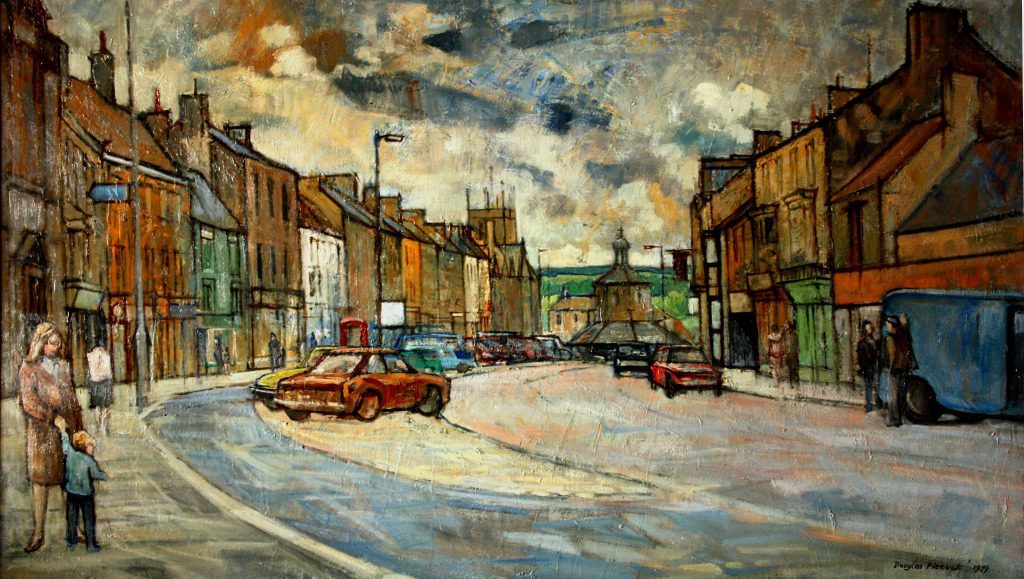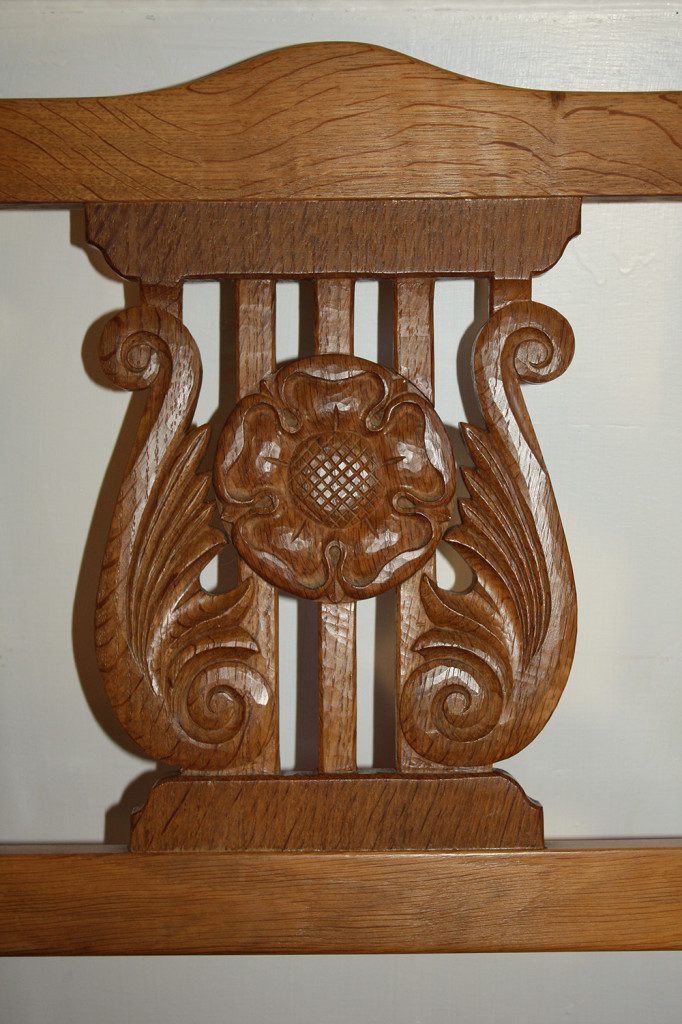We’d be lying if we said John doesn’t enjoy a good walk and this week, John & Paul came across another lovely church!
Along the South bank of the River Tees, Wycliffe & more importantly for us – Wycliffe Church. Some say there aren’t many places more peaceful and beautiful than The Hamlet of Wycliffe.
Evidence suggests that a church existed here in earlier times, unfortunately no traces remain prior to the present church which was built sometime in the 13th century. Appearance suggests that it was built sometime between 1250 – 1260 and the rear flat room may have replaced the original high pitched one during the 15th century.
Partially restored in 1850 by The Rector, The Revd J Erskine – Rector appealed for funds for a substantial restoration. The present floor was laid in 1892. Although the church is around 800 years old, its content represent the craftsman of 13 centuries – we’re mainly interested in the 20th Century.
Accompanying the work of craftsmen dating back to the 7th Century, you’ll unsurprisingly find the work of Robert ‘Mouseman’ Thompson.
The relationship between Wycliffe church & Robert Thompson began in 1949. Originally supplying the Choir stalls and pews in 1949 Mouseman left his mark in the church. The Rectors’ Board was erected in 1997, again made by the Mouseman.
Wycliffe Church is only 5 miles from our Barnard Castle showroom & just over 50 miles from Kilburn, North Yorkshire.
[print_gllr id=4919]



